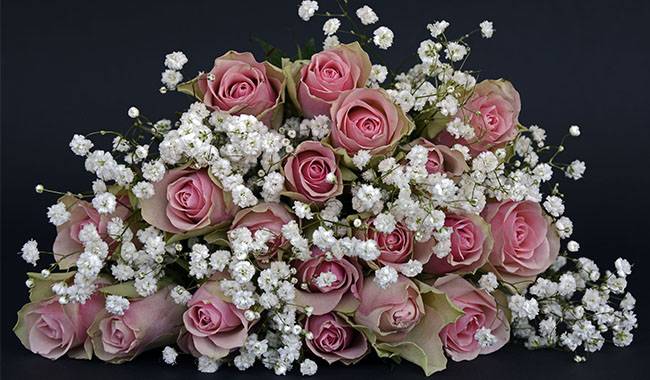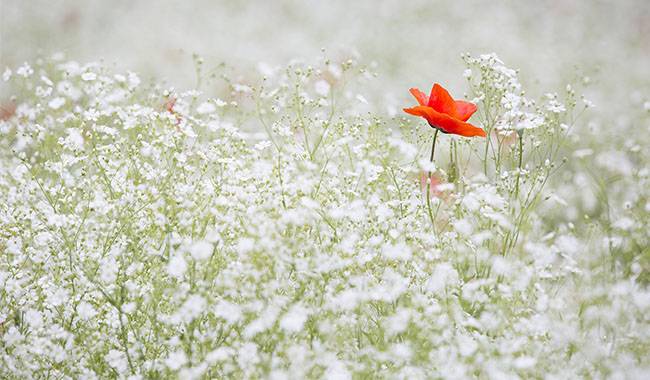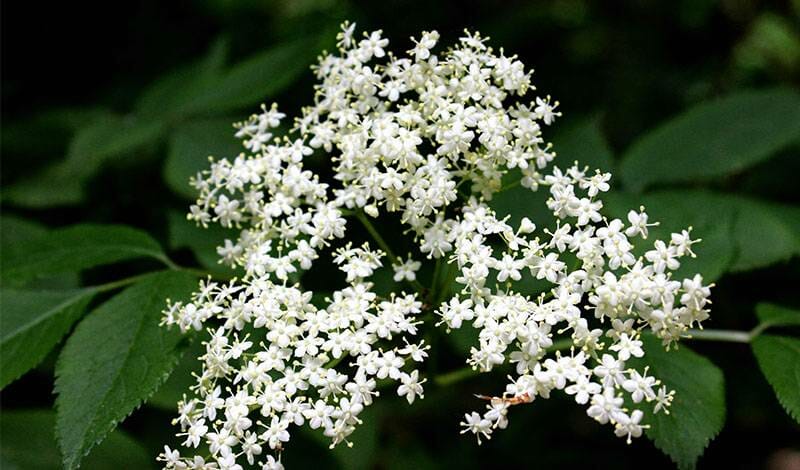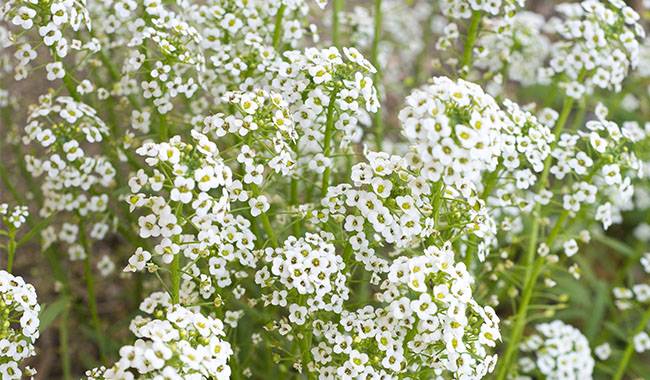
There is no need to think carefully about how to take care of baby’s breath, which is very resistant to the vagaries of nature. To make the plant please you with rich flower colors, just water it properly and don’t forget to fertilize it.
THE MAIN DIFFERENCES IN BABY’S BREATH CARE
Attitude to soil
Baby’s Breath (Gypsophila) is a culture that does not require much fertile soil, as can be seen from the name of the plant itself, whose main characteristic is that the soil should be rich in calcium.
If the soil is acidic, then lime sprinkling is carried out – adding slaked lime, dolomite powder, chalk, gypsum, or wood ash.
Relationship with water
The site of Baby’s Breath (Gypsophila) should have dry, loose, and permeable soil. The plant does not like stagnant moisture and confined groundwater, and the roots and stems may rot.
Frequent watering is required during the early growth of young shoots, especially in hot weather. When the soil becomes dry, adult plants should be watered, always from the roots.
Attitude toward the light
Baby’s Breath (Gypsophila) has a photophilic culture that grows well and blooms in full sun. The adult plant will “collapse” under the weight of the billet, so it is necessary to take care of the support under the stem in advance.
Baby’s Breath (Gypsophila) is a background plant often used in combinations with roses and other flowering crops, highlighting their beauty with the tenderness and breathability of their inflorescences.
CARE OF BABY’S BREATH SEEDLINGS
You need to take care of the seedlings of this floriculture as you would any other crop. This is very easy to do and even a novice gardener can do this task.
- Immediately after sowing, place the pot in a room with a temperature of about 75-79°F (24-26°C). Remember to remove the lid for ventilation for half an hour every day.
- When sprouting occurs, permanently remove the cover or film and move the plant to a cool room at a temperature of about 64-68°F (18-20°C).
- Water with care so that the soil does not erode past the roots. It is best to use a syringe or syringe in the early stages. The water should be clean, settled, and at room temperature.
- Seedlings need good light, at least 12 hours. If there is not enough sunlight, make sure to use a plant light.
INDOOR CARE FOR BABY’S BREATH
Perennial Baby’s Breath (Gypsophila) is not particularly demanding to care for, but to obtain a lush, densely flowering plant must follow a few rules during planting and cultivation.
In autumn, when preparing Baby’s Breath (Gypsophila) for winter, cut off the above-ground parts and cover them with fallen leaves and straw. This is especially necessary for young plants.
Care for Baby’s Breath (Gypsophila) is regular fertilization, loosening of the soil, weed removal, and moderate watering.
Growing and caring for perennials in the open means bright sunlight, dry loose sandy drained soil and the addition of limestone. Baby’s Breath (Gypsophila) flowers maintain their appearance even in a dry state, so they are actively used in various floral combinations, both live and dried.
Soil
For the best development of herbaceous plants in the open ground, the soil is chosen to be dry, sandy loam, calcareous, loose, well-drained, and fertile. In general, the plant can grow in any soil as long as a small amount of lime is added to the soil to create an alkaline environment.
Fertilization
For better growth and prolonged flowering, alternate between a compound mineral fertilizer and an organic fertilizer once a month.
Experienced florists recommend filling the bushes with cowpea, which will fully enrich the gypsum plant with all the nutrients it needs. It is very dangerous to use fresh manure as fertilizer because it can cause serious damage to the flowers and even death.
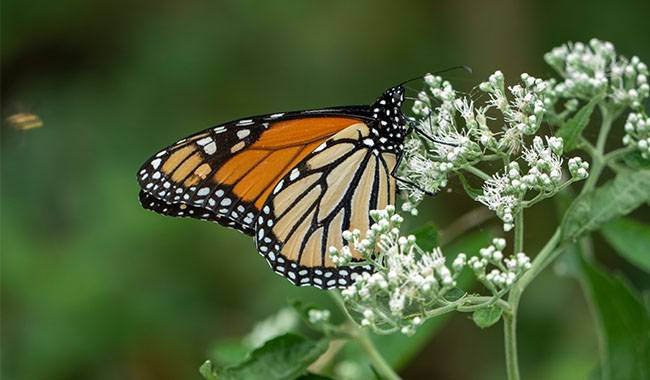
OUTDOOR CARE FOR BABY’S BREATH
Perennial Baby’s Breath (Gypsophila) is a simple and uncomplicated flower that does not cause too much trouble to cultivate.
Watering
The intensity of watering depends on the age of the plant and weather conditions. Young seedlings need regular watering. However, the soil beneath them should not be overwatered. Mature shrubs can go without water for a long time.
Water them when the soil beneath them dries out. Delayed hydration can cause root rot and the development of fungal infections. To help the soil dry out faster, it must be drained well in advance.
Fertilizer and nutrients
During the growing season, Baby’s Breath (Gypsophila) needs only 2 fertilizer applications. If the soil is nutrient-rich and all necessary materials are applied at planting, fertilizer can be left out.
Important: Too much fertilizer is not good for a Baby’s Breath (Gypsophila). If necessary, enrich the soil with mineral compounds and organic matter. Soaking cowpeas is particularly useful. The use of fresh manure is strictly forbidden.
Pruning
As it grows, Baby’s Breath (Gypsophila) forms bulky, dense shrubs that begin to look unkempt as time goes on. It grows rapidly and can overwhelm nearby poorly growing crops. Therefore, it should be cut back in time to limit its spread. Perform capital pruning after flowering. Only 3-4 shoots remain at the base.
Repotting
It is recommended to transplant within 2 years after planting. Young specimens can tolerate the first transplant painlessly. However, it is not advisable to change the position of the bush in the future. Mature plants are already firmly rooted and transplanting becomes dangerous for them. In one location, bushes can grow up to 20-25 years.
Propagation
Most often Baby’s Breath (Gypsophila) is propagated by the seed method. However, cuttings of plants are also effective. It is best to perform the procedure at the end of April. It is desirable to have time for cuttings before the inflorescence begins to form. Their length should be 2-3inch (5-8 cm).
Treat the cuttings with a rooting agent. Prepare a loose substrate for planting. Add crushed chalk. Plant the cuttings inside diagonally to a depth of 0.8inch (2cm). Place in a bright room with a temperature of 68-71°F (20-22°C).
To ensure optimal humidity, cover the cuttings with plastic wrap. Remove the cover from time to time for ventilation. After the cuttings have rooted, remove the cling film. Open field planting cuttings are taken in early autumn.
Control of pests and diseases
Generally, problems with gypsophila occur because of violations of agronomic rules. Most often, plants suffer from root rot, rust, and spotting. These diseases occur in the context of excessive watering, unsuitable soil, and insufficient light.
If you find damage, remove the damaged area and treat it with fungicides. In the case of severe infestation, it is recommended to dig up the shrubs and destroy them, where they grow, disinfecting them with copper sulfate. repeat the procedure after 10 days.
Among the pests, gall nematodes and cyst-forming nematodes are the most harmful to gypsy worms. In case of infestation, it is recommended to treat the plant with flumioxazin or thiamethoxam.
If the insects cannot be removed, the shrub can be dug up and the roots washed with 122°F (50°C) water. But such a procedure can be very painful for Baby’s Breath (Gypsophila). Therefore, it is better to try to deal with the parasites with special preparations.




